What’s the problem?
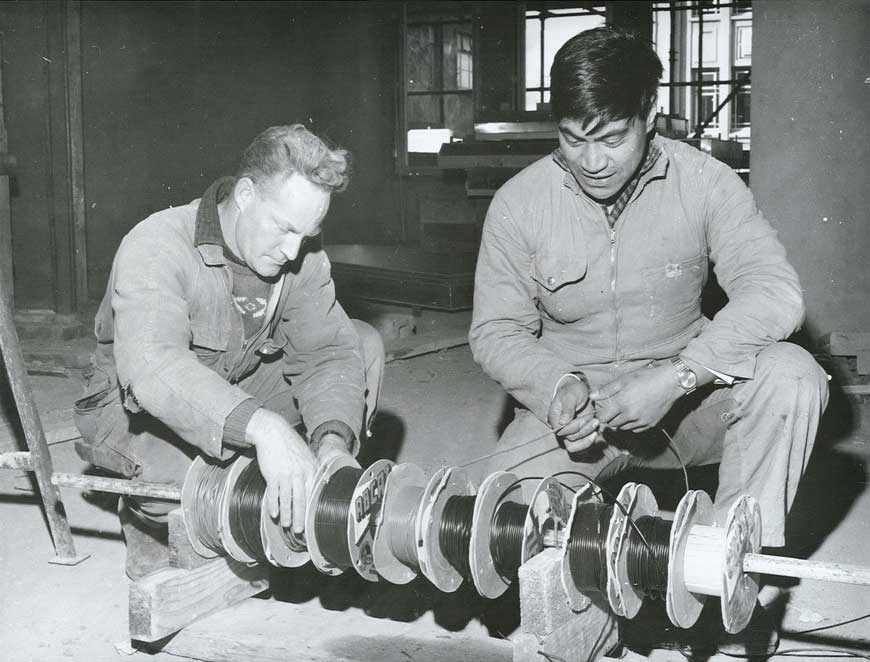 There was a time not long ago in New Zealand when youth had a clear and direct path to adulthood. They were exposed to adult roles models, secured jobs after school and when they left school were able to get a job, buy a home and start a family if that was the life they chose. No longer.
There was a time not long ago in New Zealand when youth had a clear and direct path to adulthood. They were exposed to adult roles models, secured jobs after school and when they left school were able to get a job, buy a home and start a family if that was the life they chose. No longer.
Somehow, while no one was paying attention, childhood changed. It became more insulated, more segregated from adult life. Bullying became a major issue in schools. Teen suicide has become rampant in NZ. Youth support systems broke down and jobs became harder to get and harder to master. For the young, housing became unaffordable. Flatting six to a 2 bedroom rental became the norm, and the prospect of buying a house out of reach for almost all.
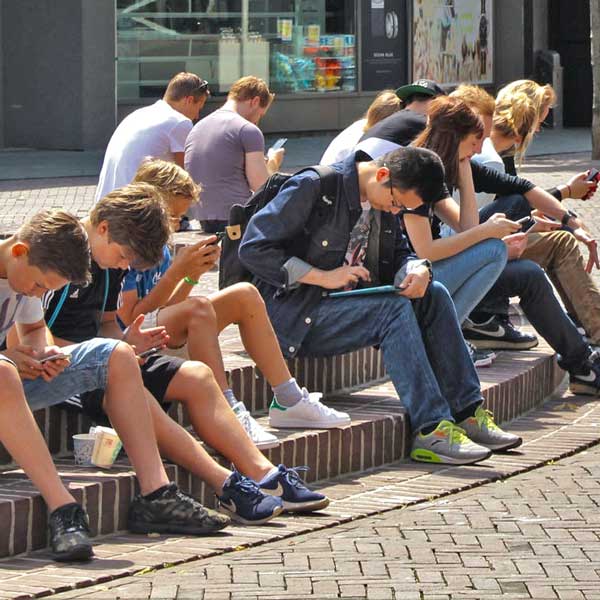
In part this was due to a breakdown in community. The inherent social support systems gave way to more isolated activities. Digital entertainment and social networking has completely changed how young people become adults. Socialisation has become digital isolation. New Zealand is good at relying on sports to provide social connection, but sports is not the answer for everyone. There needs to be more than sports.
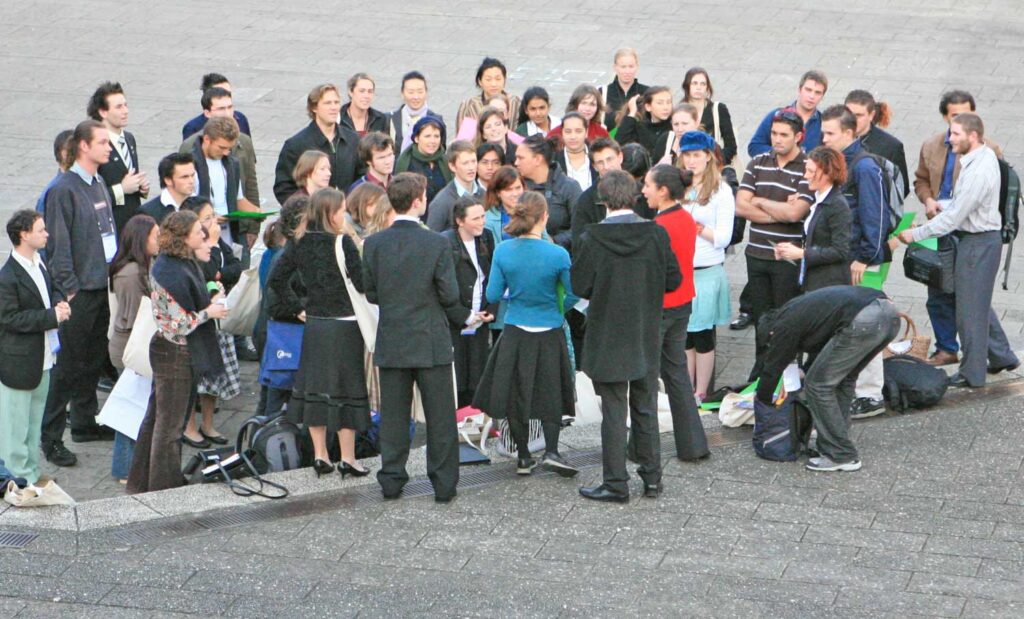
The nations decision-makers and key-influencers are unaware of the extent to which the young are growing up with a completely different reality. It is a great social experiment being tested – an experiment where society neither gave permission nor monitors the effects. Loneliness is becoming a significant problem as the digital world isolated humans from what it is to be human.
How a Kainga / Market Town solves it
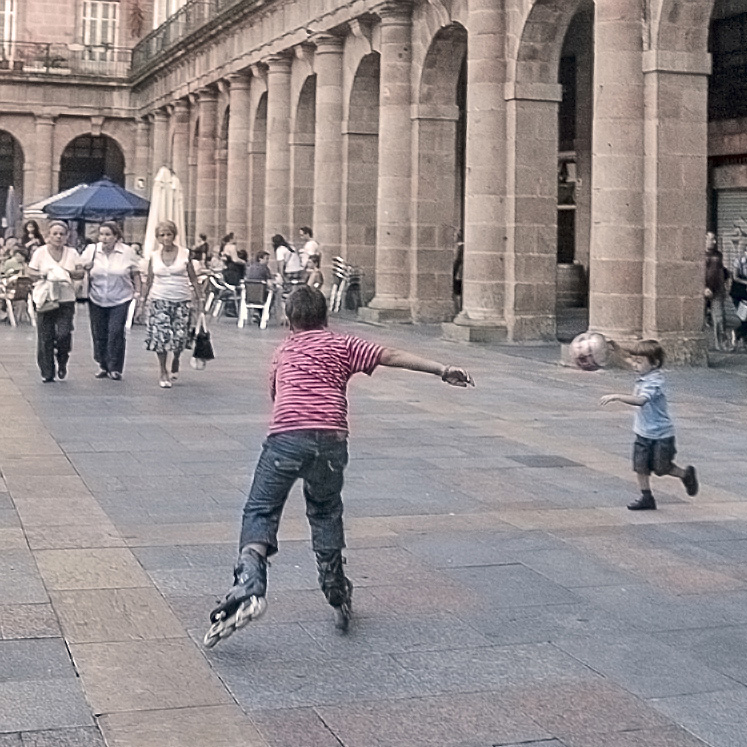
Travel to the old car-free towns of Europe and one notices children, adults and old people everywhere. Children learn by being exposed to adults, observing role models and interacting with adults. In part this is due to what planners today call mixed use; that adults work in the town, in shops and offices located on pedestrian streets and village plazas. Social isolation is non-existent.
It begins at early childhood. Italy is especially notable for its social tradition of La Passeggiata, where in the old historic towns the population emerges in late afternoon to walk the car free streets and connect with each other. In this candid photo below, three generations meet without an appointment. Note especially the focus of the baby on the adults. This is how children learn – by observing and interacting with adults. Take that away and the children lose an essential part of learning how to become a participating, productive adult member of their society.
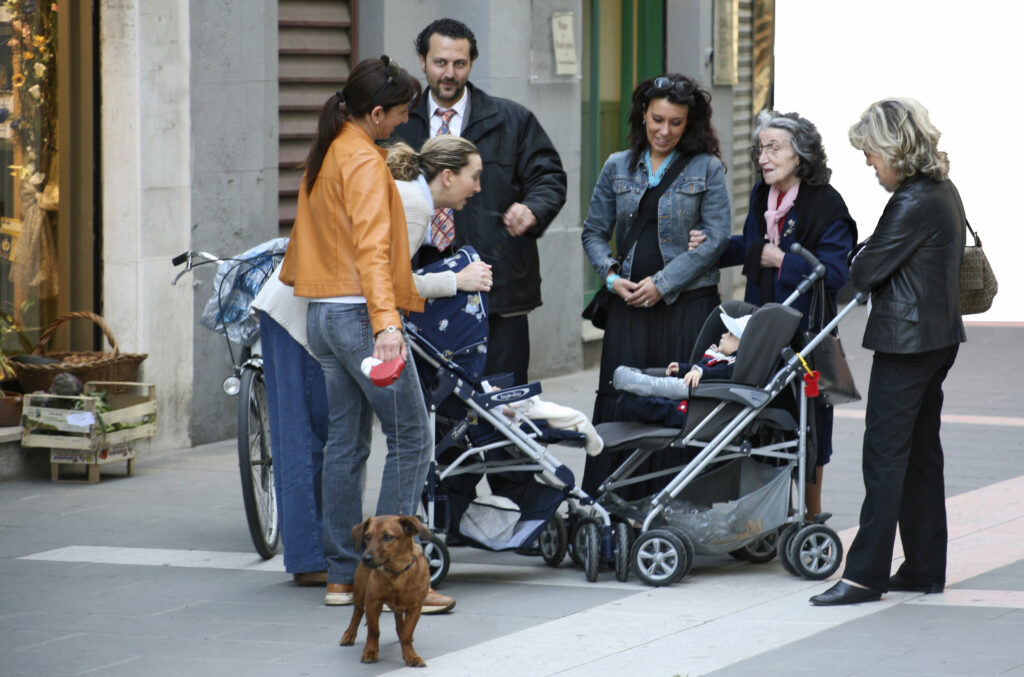
Because a village has a local economy, the young have natural opportunities for after-school jobs, then apprenticeships and internships. The adults know the kids. As part of the local economy, the town supports businesses that provide entry level jobs for young people, and a career development plan as they master their trade.

A key element in the Market Town design is the youth zone. It’s called a parallel market where small units, specifically designed for young people 25 and under, are sold at an affordable price with a very low downpayment, say $1,000. They may live in their home as long as they want, but when they go to sell, the buyer must be under 26 and show they earned the money themselves, not receiving gifts or loans from parents.
Face-to-face human connection, entry-level jobs with career growth opportunity, and purpose built affordable youth housing are a few of the elements intentionally built in to the core of the Market Town plan.
